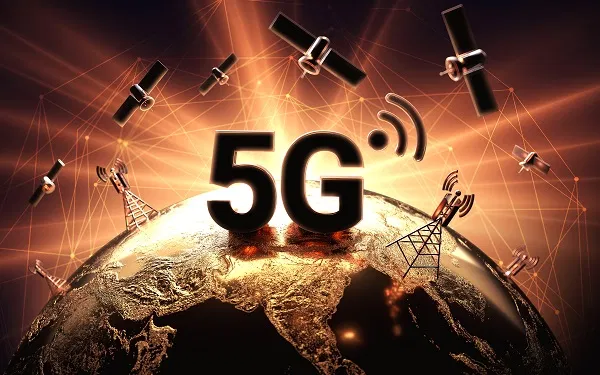Open source software supports every aspect of 5G, even though it is hidden from users.
Today, there is a good chance that the smartphone by your side uses 5G. For many years, 5G failed to live up to its promises of high speed and low latency. The world has evolved. Today, 5G is at last fulfilling its performance guarantees. The open-source networking basis of 5G is a significant factor in this, asserted Arpit Joshipura, general manager of networking, edge, and IoT at the Linux Foundation, at the networking trade event ONE Summit North America.
Business collaboration has also benefited from open source. While the cloud and telecom industries continue to face intense competition in the market, they have discovered that sharing open source frameworks and software benefits both parties.
Numerous different projects and applications are hidden behind open source networking. The Linux Foundation Networking LF Networking is developing an End-to-End, 5G Super Blueprint to include these into an intuitive setup.
Even though it’s still a work in progress, it illustrates how to combine numerous open source and cloud-native projects into a comparatively straightforward 5G deployment plan. It is made to be easy for any telco to assemble a high-bandwidth, low-latency, scalable, and affordable digital networking infrastructure that connects end-user devices, the edge, and cloud applications.
Open source and cloud-native software is where 5G is going in the present and the future. The evidence is there in the One Summit exhibit halls and on the 5G-capable phone you have in your pocket.









































































